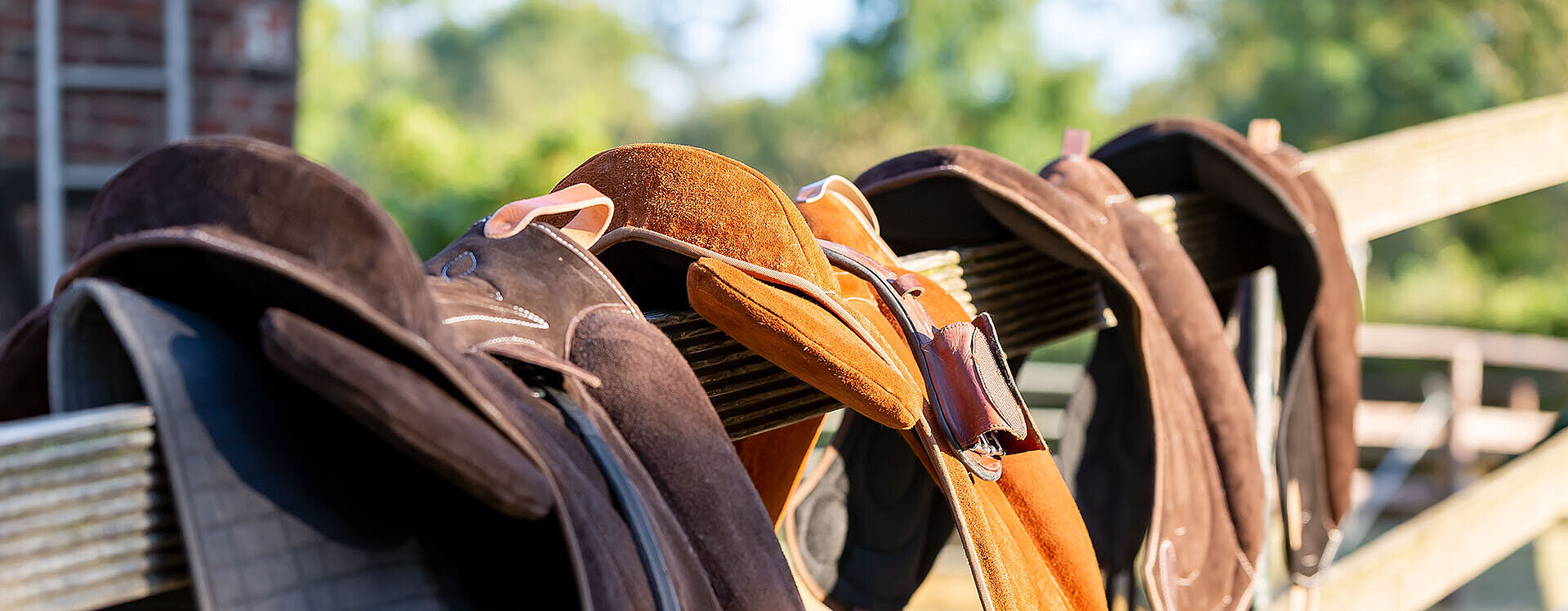Riding bareback or treeless?
Riding without a saddle or with a treeless saddle is becoming increasingly popular in equestrian sport. The question often arises: Do I want to ride completely bareback? Do I want to ride with a flexible saddle? Or do I mainly ride with a treeless saddle or riding pad?
Historically, the riding saddle was developed to make riding safer and to protect the animal's back. These two motives are as relevant today as they were then. To help you decide between saddles with a flexible saddle tree, treeless saddles or riding pads, we present treeless saddle alternatives in this article.
What is a treeless saddle?
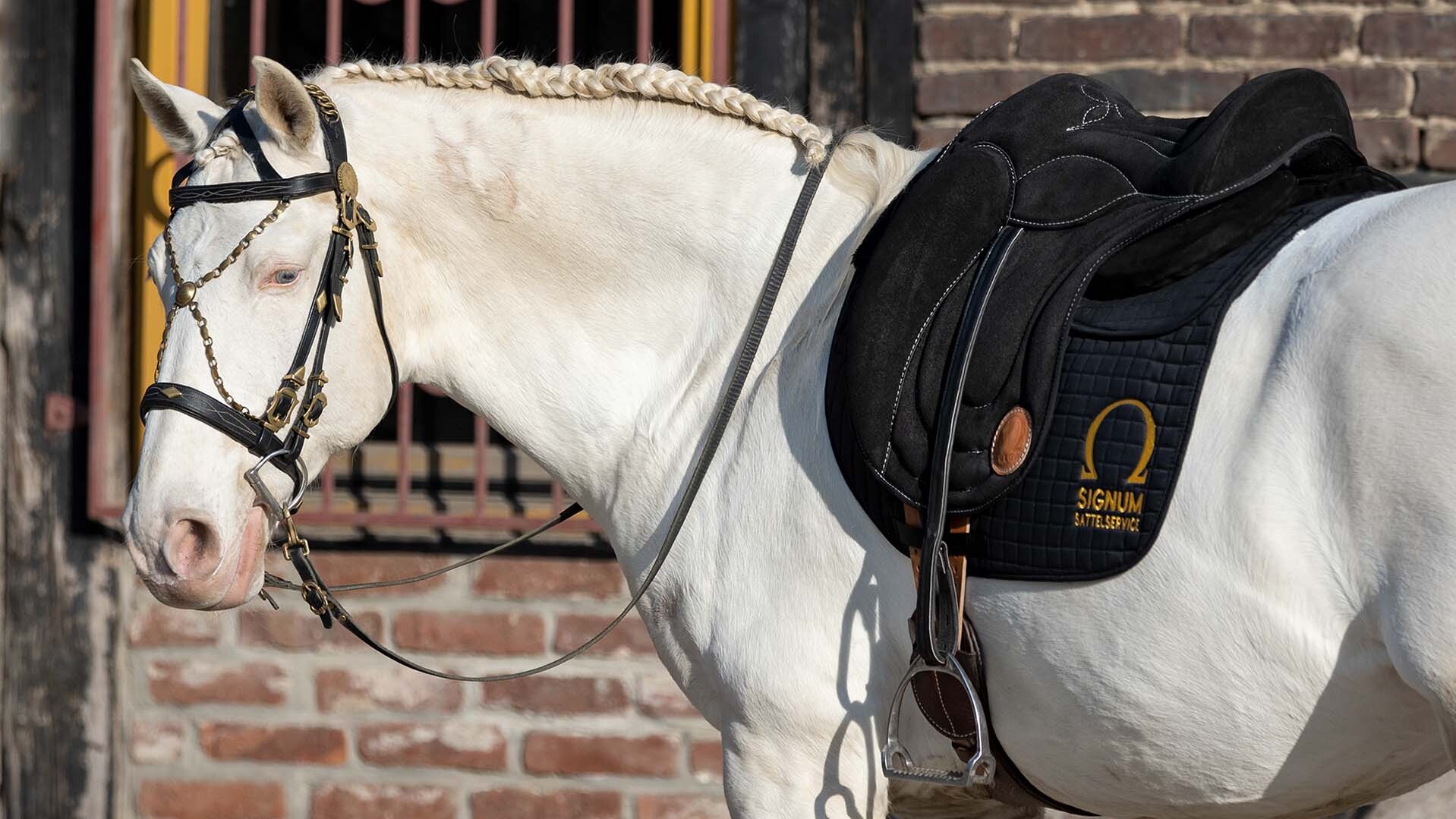
Compared to a conventional saddle with a so-called saddle tree, there are alternatives that do without a fixed inner life in the core of the saddle. At first glance, treeless saddles can look exactly like a conventional saddle. Only the core reveals whether it is a saddle with a fixed tree or flexible saddle tree, or a treeless saddle.
What does treeless mean? Treeless saddles have no saddle tree inside. What remains is the saddle cover made of leather, which forms the seat profile for the rider and the padding in the panels to distribute pressure on the horse's back.
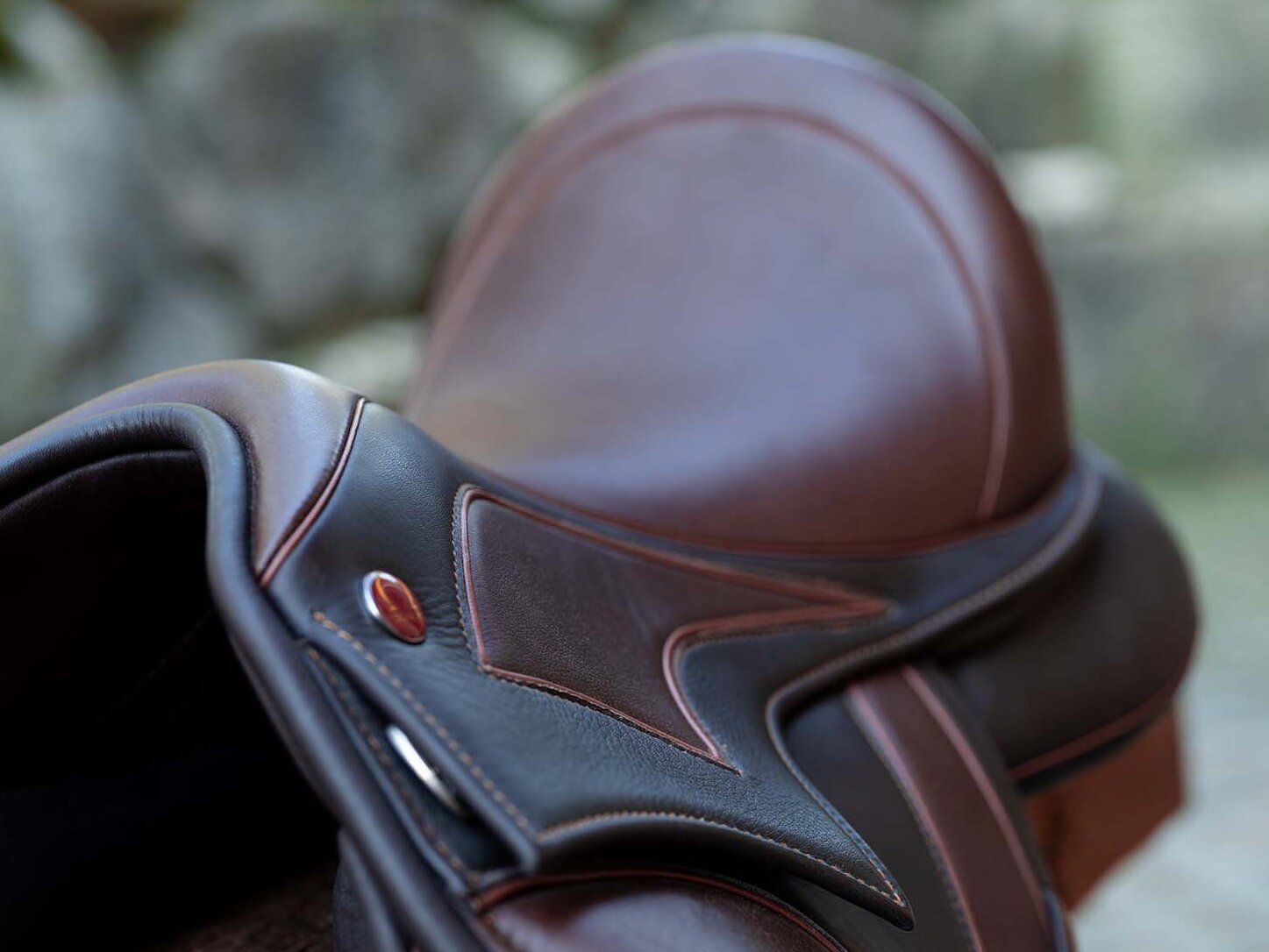
What exactly is a saddle tree?
A fixed saddle tree in the saddle can be understood as a framework inside the saddle. A saddle tree can be made of wood, plastic or even leather and gives the saddle its stability and special shape on the horse's back.
The saddle tree is used to distribute the rider's weight on the back as evenly as possible over a wide area. The stirrup suspensions, attachments for the girth straps and a gullet plate for changing the gullet plate size can be attached to a saddle tree.
Stirrups for a treeless saddle

The stirrup leathers on a classic saddle are normally attached to the saddle tree in order to distribute the pressure of the rider's weight over a wider area via the stirrup leathers and thus avoid pressure on the horse's back at certain points. If a treeless saddle with stirrup leathers is offered, attention should be paid to the type of attachment for the stirrup leathers.
Note on our own behalf: we have been working for a long time on a solution for a special pressure distribution element for our Paddle® , which avoids pressure peaks at certain points and allows true freedom of the spine. You can find more information here.
The pressure distribution of a treeless saddle
The danger with a treeless saddle with stirrup leathers are pressure peaks in the area of the stirrup suspension. If these are attached to the right and left of a girth that runs down the centre of the spine, for example, the entire pressure is transferred directly to the spine. This punctual pressure is not only uncomfortable for the horse, but can also cause health problems. Tension and pain in the horse's back can be the result and lead to massive defence reactions from the horse.
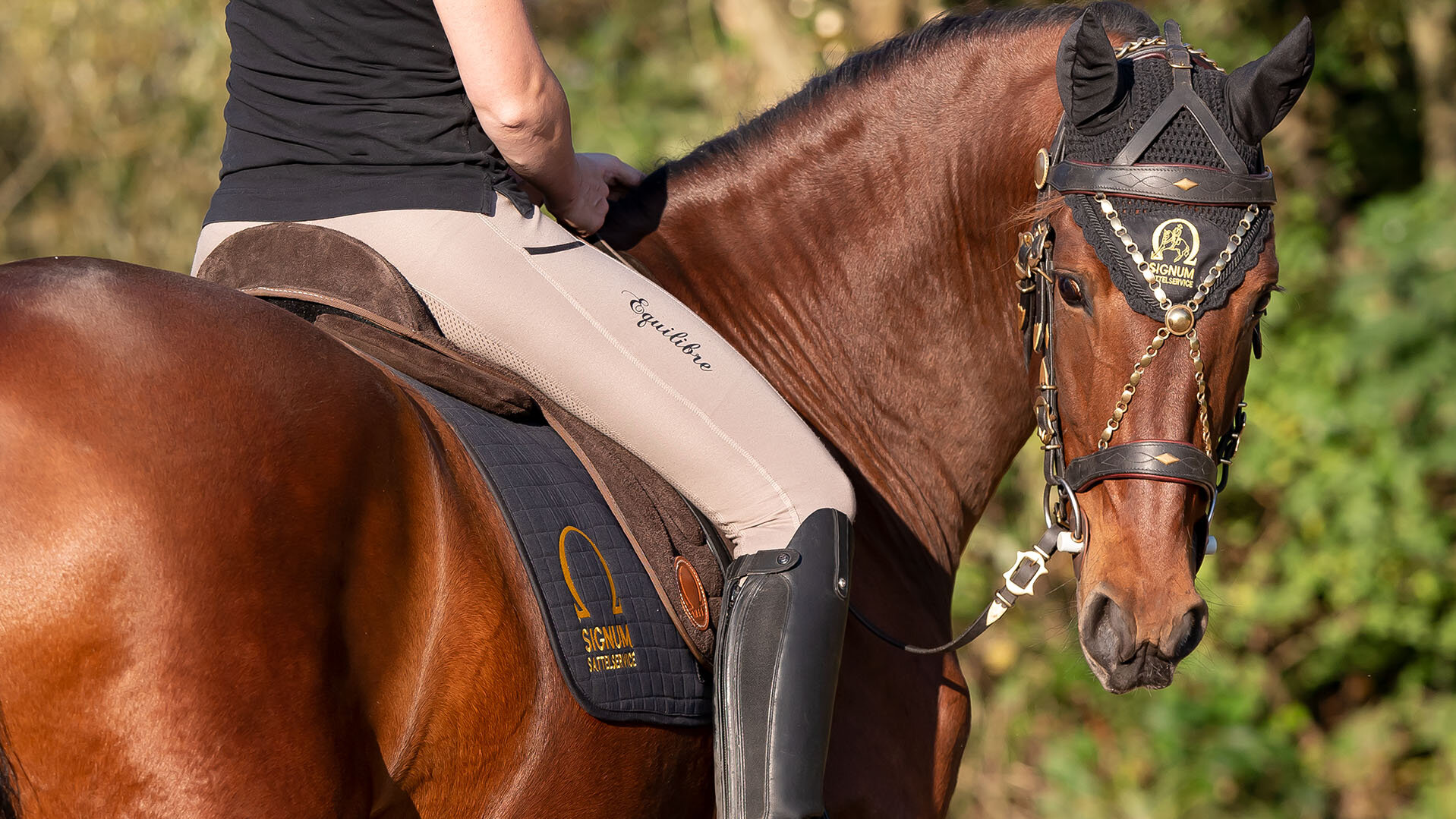
The padding in the saddle panels should form a spinal canal so that the pressure of the stirrup leathers does not bear selectively on the horse's spine. This forms a channel along the spine that lifts the seat as a whole.
A sufficiently thick and stable pad ensures that there is always air above the spine and that the underside of the treeless saddle cannot rest on it. If the padding is too soft, it compresses too much under the rider's weight and the treeless saddle presses on the spine at certain points. The padding has a shock-absorbing effect, making it comfortable for the horse to wear.
The feeling of sitting in a treeless saddle
The seating sensation in a treeless saddle can be similar to that of a classic saddle. As there is no saddle tree to stabilise the shell, the seat profile is flexible and creates a much softer seating sensation than in a classic saddle.
There are now many variations of treeless saddles. The use of more flexible materials allows the rider to feel the movements of their horse intensively and directly. Depending on the design, the rider may sit closer to the horse and feel more connected to it. The rider's aids are felt even more finely and directly by the horse than with a saddle with a tree.
Why a treeless saddle is better
In fact, treeless saddles can be a great alternative to conventional saddles. Depending on the model, fitting and centre of gravity, a "treeless" saddle has both advantages and disadvantages.
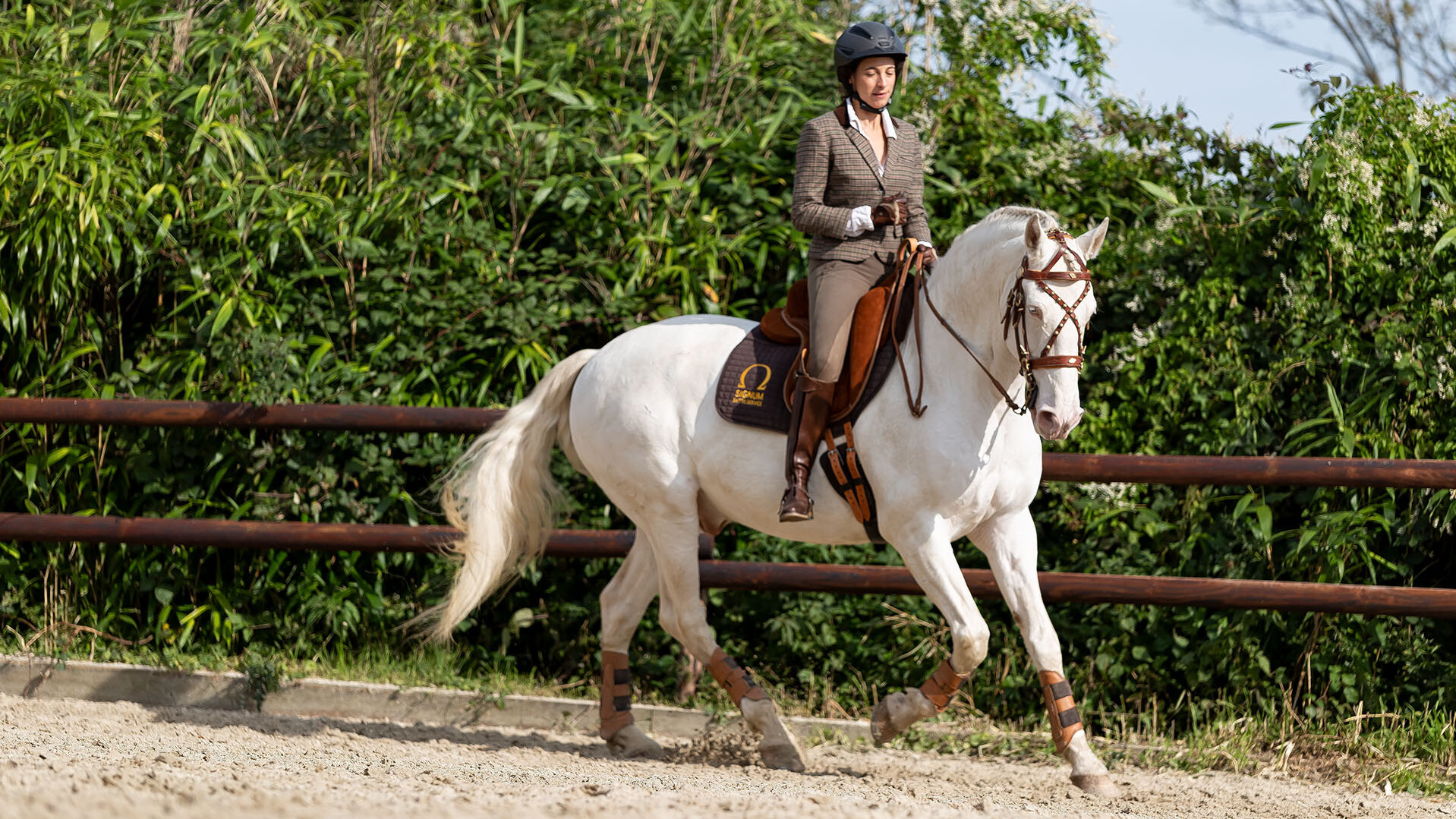
Advantages of treeless saddles:
- If no suitable saddle is available and the horse could not be ridden
- The horse has a particularly difficult saddle position for which no suitable saddle has yet been found
- For breaking in a young horse and getting used to a saddle on the back, a treeless saddle scores points with its light weight and maximum flexibility
- Inexpensive alternative to a new saddle: Treeless saddles are popular with riders as an inexpensive alternative to conventional saddles
- If a saddle with a rigid tree interferes with bending or turning, for example, a riding pad or treeless saddle can often give the horse a softer and more flexible feel.
- If the horse changes so quickly or if the saddle cannot be adjusted quickly enough, a treeless saddle can be a temporary solution
- If the saddle is to be used on different horses, a saddle without a tree only needs to be adjusted slightly for the different horses
- If the horse feels disturbed by a fixed element on its back and prefers the flexible feel
- The seat feels comfortable and more direct. The horse's movements can be felt more clearly than in a classic saddle
- The rider has an appropriate weight in relation to his horse and already has a balanced seat.
What do you need to look out for when using a treeless saddle?
Disadvantages of treeless saddles:
- The design of the treeless saddle prevents targeted and particularly extensive pressure distribution on the horse's back.
- The risk of pressure peaks is greater than with a well-fitted, classic saddle
- Pressure from the rider's stirrup attachment and ischial tuberosities can disturb the horse
- The rider's weight is too high so that it is not distributed evenly enough on the horse's back
- The rider is not yet balanced and transfers the unsteadiness of his seat directly to the horse
- With a treeless saddle, for example, the horse's crookedness is transferred more strongly to the rider, who has to compensate for this with his own seat
- The treeless saddle is used on rides that are too long or on trail rides with additional luggage and cannot distribute this evenly and gently on the horse's back
- The treeless saddle is not correctly adjusted to the horse
- The horse's reaction should never show defensive behaviour or even an expression of pain
When does a treeless saddle fit?
When it comes to the question of how a treeless saddle should lie on the horse, comfort for the horse always comes first. The same ideals therefore apply to a conventional saddle, a saddle with a flexible tree, a treeless alternative, a riding pad or bareback pad. In terms of the optimum fit, there should be no difference between a treeless saddle and a saddle with a tree.
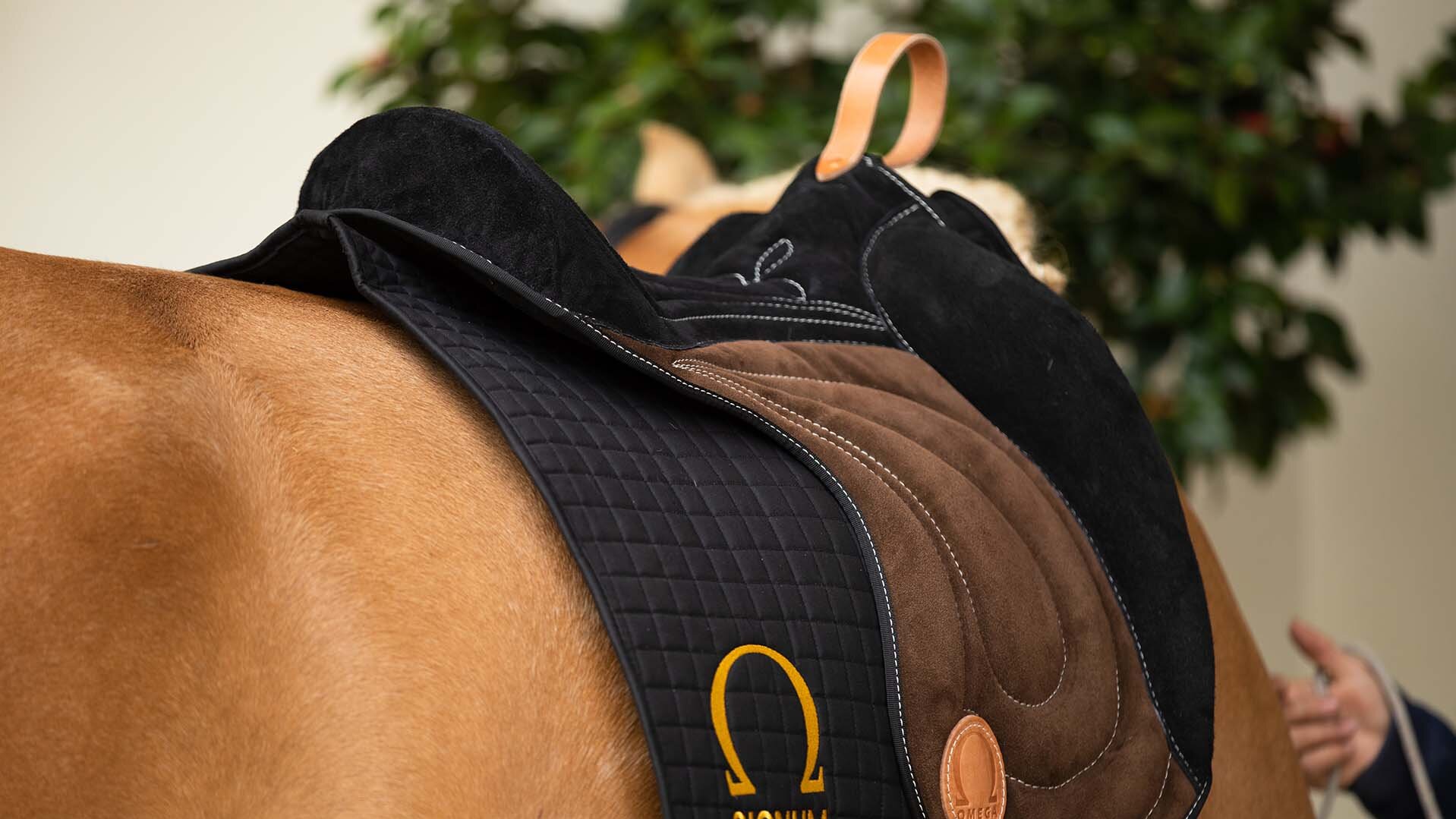
- The treeless saddle should have shock-absorbing, soft and at the same time stable padding. This enables the best possible pressure distribution on the horse's back
- The padding should be selected to suit the horse's conformation. It should allow plenty of height over the withers and spine to create a free spinal canal
- The treeless saddle should sit high above the withers so that they remain free in every movement.
- The treeless saddle automatically adapts to the horse's back due to its flexible design (in the sense of the curve formed by the horse's back). It does not matter whether the horse's back is straight or strongly curved.
- Caution: if the pads are not optimally load-bearing in relation to the rider's weight, the saddle can rest on the centre of the spine without a tree
- The stirrups should be attached to the saddle without a tree in such a way that there is no pressure on the stirrup suspension or the spine.
Saddle without tree experience
From our point of view at Signum Sattelservice as a manufacturer of customised saddles with a saddle tree as well as treeless riding pads and paddles, we recommend considering the question "Which saddle suits me?" before making a purchase.
We recommend a well-fitted saddle with a saddle tree to all riders who want to ride their horse regularly and for longer periods of time. This enables targeted pressure distribution over the largest possible area. The rider's weight and the pressure from the stirrups is distributed over a large area on the horse's back via the saddle tree. If the horse and rider want to travel with additional luggage on trail rides, special attention should be paid to a saddle with a saddle tree and a large contact surface to which the horse's luggage can be attached in a way that is easy on the back.
We recommend treeless alternatives such as our riding pads & paddles as a complement to a well-fitting saddle. In combination with our Velcro pads, these ensure comfortable pressure distribution for the horse. Riders can feel the direct connection to their horse in our riding pads & paddles, refine their aids and train their seat. We recommend using the treeless alternatives for shorter rides in the riding arena or cross-country.
In the end, it is your horse and its reactions to the saddle you choose that are decisive. The purpose of the saddle is to increase comfort and riding comfort for the horse and to promote healthy movement. If your horse shows negative reactions to a saddle, its fit should be checked regardless of its construction.
What should I look out for when buying a treeless saddle?
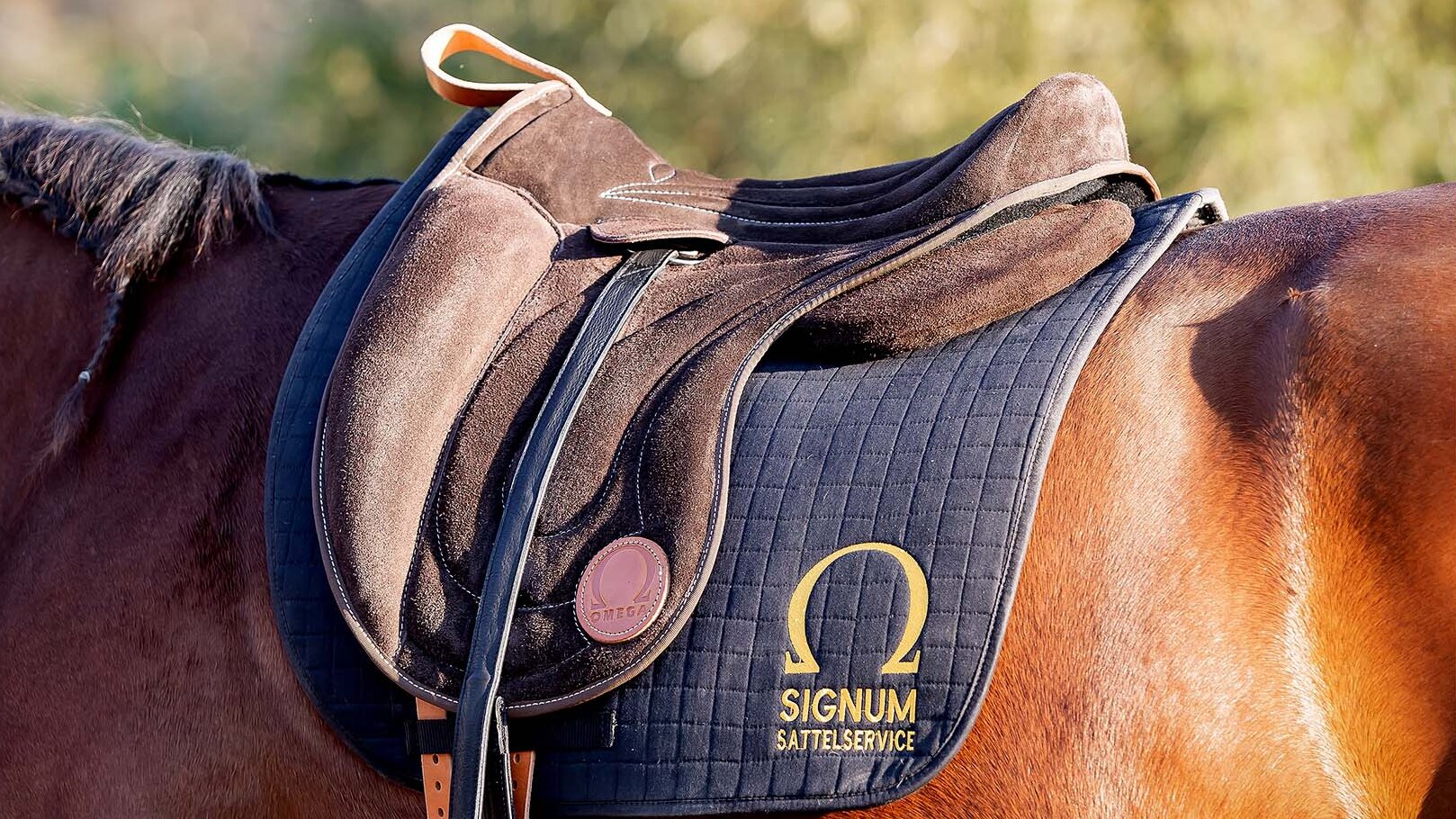
Pay attention to these points when buying a treeless saddle:
- The size of the treeless saddle should match the required seat size of the rider. The seat size is usually given in inches.
- Pay attention to the quality of the workmanship and especially the leather material. With appropriate care, these products will provide many years of pleasure.
- Use suitable accessories such as the matching saddle pad, stirrup leathers, stirrups and a saddle girth
- Tip: Free shipping on all riding pads & paddles in our shop
